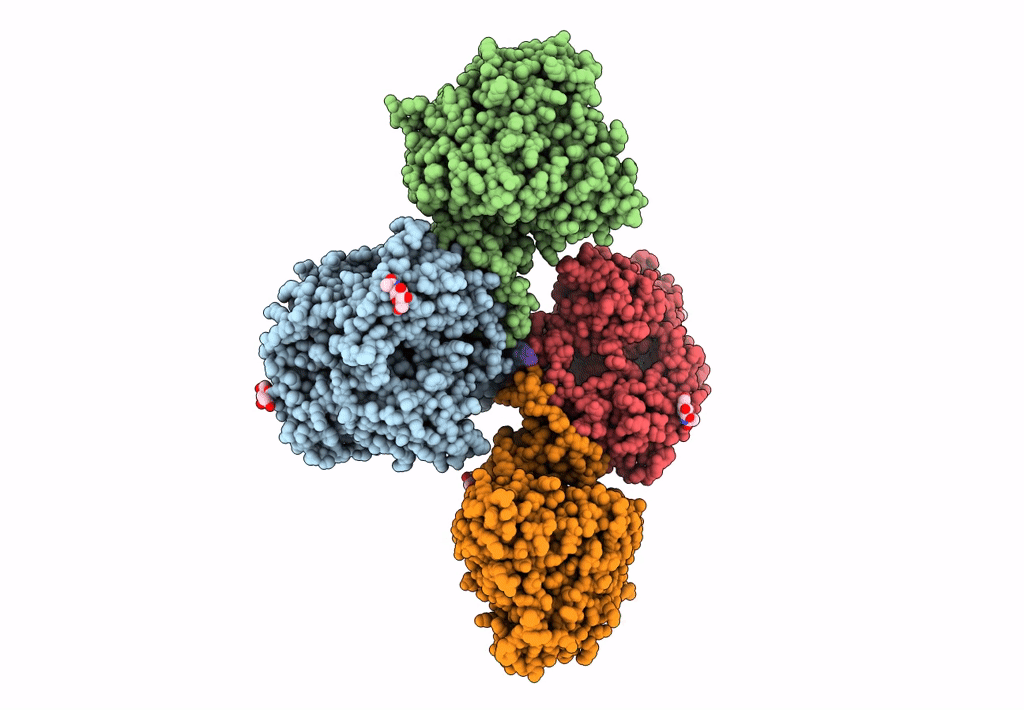
Deposition Date
2018-11-01
Release Date
2018-12-19
Last Version Date
2024-11-13
Entry Detail
PDB ID:
6I2T
Keywords:
Title:
CryoEM reconstruction of full-length, fully-glycosylated human butyrylcholinesterase tetramer
Biological Source:
Source Organism:
Homo sapiens (Taxon ID: 9606)
Method Details:
Experimental Method:
Resolution:
5.70 Å
Aggregation State:
PARTICLE
Reconstruction Method:
SINGLE PARTICLE


